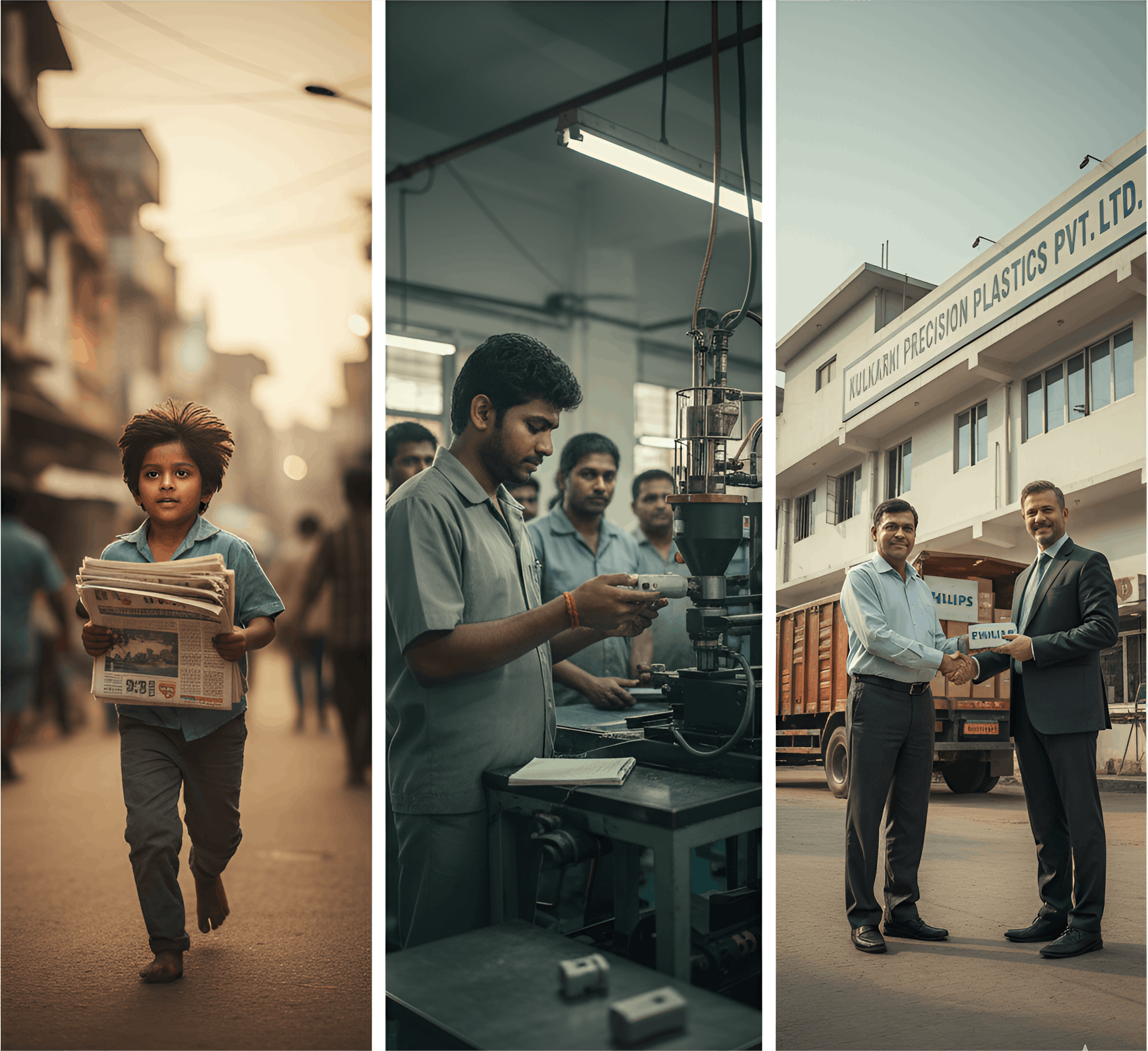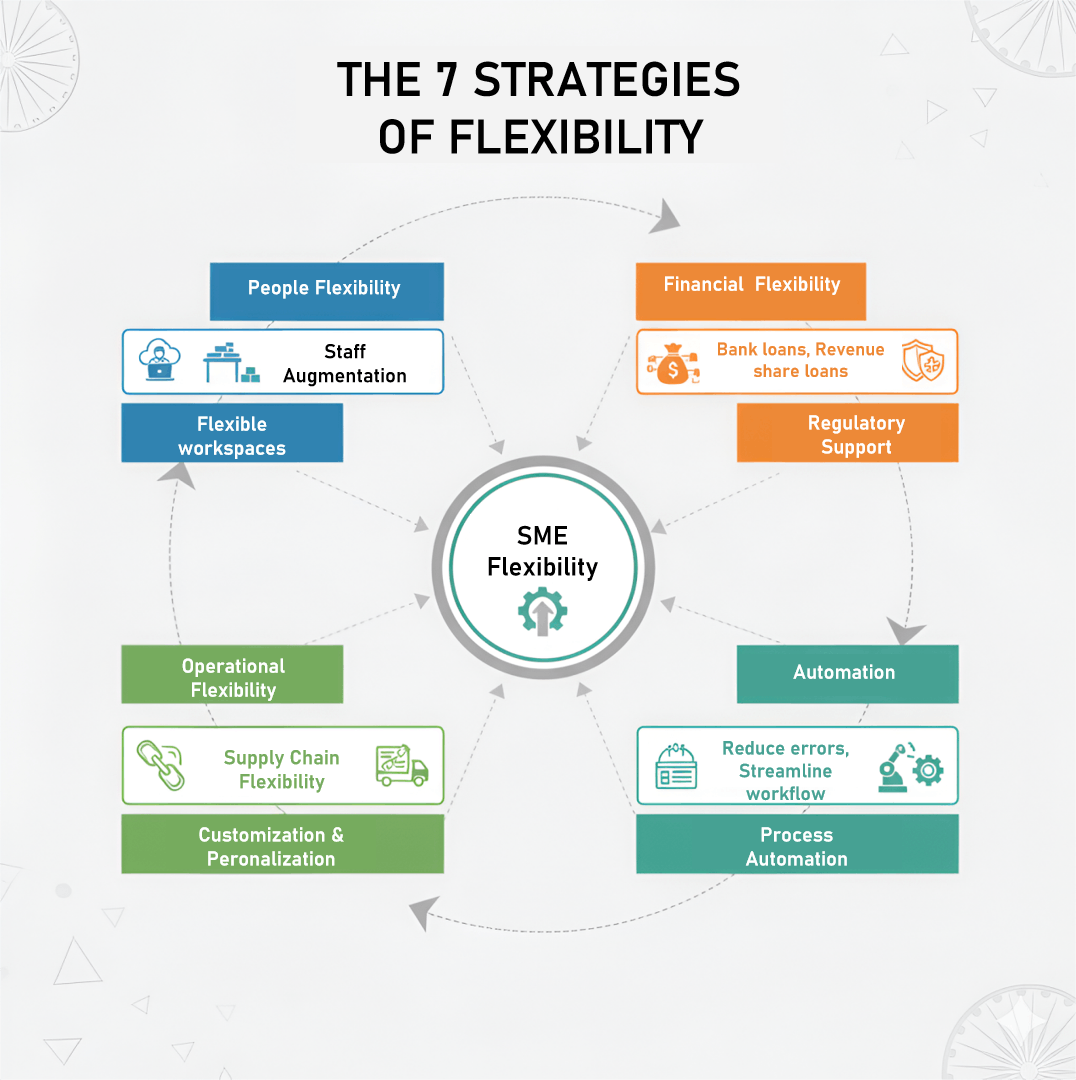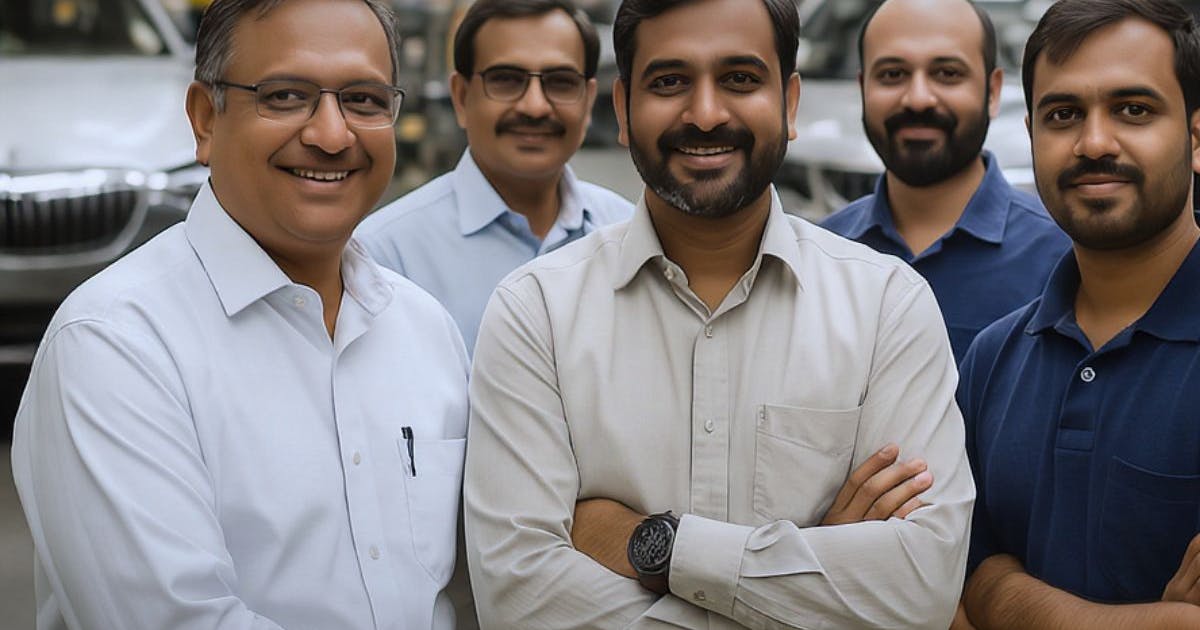Operational Flexibility: How SMEs Can Build Resilience and Scale in a Dynamic Market
With ever-changing market trends, the average Indian SME must have flexibility etched into the very fabric of their operational processes. James Varghese covers the upside of operational flexibility and the lessons learnt from a global brand that has consciously embodied it.
In today’s unpredictable business environment, operational flexibility has become the defining factor for small and medium enterprises (SMEs) seeking both survival and growth. Markets shift rapidly, customer demands evolve, and technologies disrupt entire industries. For SMEs—often running with limited resources and thinner margins—the ability to adapt operations quickly can mean the difference between long-term success and sudden collapse.

To understand what operational flexibility really looks like in practice, let’s start with the story of an entrepreneur who embodied agility, from whom we can draw lessons for SMEs in India today.
The Entrepreneur’s Journey: Kulkarni’s Story of Agility and Ambition
Kulkarni’s entrepreneurial story began with humble beginnings. Born into a poor family, he spent his childhood selling newspapers in his neighbourhood to support his household. Even as a young boy, however, he nurtured ambitious dreams: to become an entrepreneur, to serve as the Managing Director of his own company, and to build a reputation for excellence in production.

Because his family could not afford to fund an Engineering degree, Kulkarni pursued a diploma in Engineering. Through perseverance and quick thinking, he earned his first job at Philips in Pune, where he worked on the shop floor manufacturing plastic components for medical devices. His keen attention to detail, discipline, and curiosity distinguished him early on.
But ambition was always his driving force. Kulkarni soon left Philips to establish his own factory in the outskirts of Pune, in Chakan. Here, his relationship with Philips became a launchpad: he began supplying them with high-quality plastic components, earning a reputation for precision production and reliable delivery.
Lessons from His Success
Kulkarni’s operational flexibility became evident in his ability to wear multiple hats. As the sole Founder (with his wife as Co-Director), he mastered finance, procurement, engineering, production planning, and supply chain management. His shop floor ran efficiently, employees were motivated, and his clients received the quality and volumes they demanded. Within a decade, Kulkarni achieved nearly all of his youthful dreams—successfully running a private limited company, buying the car he aspired to, and expanding his operations.

He even ventured beyond B2B, acquiring a factory in Taman, near Gujarat, to manufacture branded plastic components for the consumer market. This marked his foray into B2C, where he hoped to replicate his success.
Lessons from His Setback

However, operational flexibility alone could not protect him from a harsh reality: market dynamics differ drastically between B2B and B2C. While his Chakan factory thrived supplying Philips, his B2C venture faltered due to limited understanding of consumer behaviour, distribution challenges, and slower-moving inventory.
The strain of piled-up stock and tight finances, compounded by a loan for advanced CNC machinery, pushed his enterprise into difficulty. His journey illustrates a core truth: operational flexibility enables growth, but without strategic foresight and market intelligence, it can also expose vulnerabilities.
The Indian SME Landscape: Where Flexibility Matters Most
In India, SMEs form the backbone of the economy, contributing nearly 30% to GDP and employing millions. Yet, they often face constraints in capital, infrastructure, and skilled labour. In such an environment, operational flexibility is not optional—it is essential.
Here are the key areas where flexibility is transforming Indian SMEs:

1. Staff Augmentation:
The gig economy has opened opportunities for SMEs to bring in specialized skills without long-term overheads, in the form of freelancers or contract workers.
2. Flexible Workspaces:
Co-working spaces and serviced offices are reducing the burden of fixed infrastructure costs.
3. Customization and Personalization:
Indian consumers are increasingly seeking products tailored to their preferences. SMEs that build flexibility into production processes gain a strong competitive edge.
4. Supply Chain Agility:
From handling small-batch orders to scaling production during peak demand, supply chain flexibility is becoming critical.
5. Process Automation:
Automation tools, whether in Accounting, HR, or Manufacturing, are enabling SMEs to streamline workflows, reduce errors, and respond more quickly to opportunities.
6. Financial Flexibility:
Traditional bank loans are often rigid and slow. Newer models—like revenue-share loans, fintech lending, and peer-to-peer platforms—offer SMEs funding structures aligned to their cash flow realities.
7. Regulatory Support:
Several Indian states have begun offering regulatory exemptions, simplified compliance, and single-window clearances to encourage flexibility. This shift acknowledges that SMEs need breathing space to innovate and grow.
The Balance: Flexibility with Responsibility
While operational flexibility offers undeniable advantages, it must be balanced with employee welfare, financial prudence, and sustainability. Overstretching into unfamiliar markets, as in Kulkarni’s case, can destabilize a business. Cutting costs at the expense of worker well-being can impact culture and productivity.
The most resilient SMEs are those that see flexibility not as a shortcut, but as a strategic framework—a way to align resources, people, and processes with long-term goals while remaining agile in the short term.

Conclusion: Building the Future with Flexibility
Operational flexibility is more than just a survival tactic; it is a growth strategy. Entrepreneurs like Kulkarni demonstrate the power of agility and versatility in building businesses from scratch. Philips shows how flexibility can fuel both profit and sustainability. And across India, SMEs are finding new ways to integrate flexibility into staffing, workspaces, supply chains, and finances.
At ArthaVerse, we understand that the message is clear to SMEs that navigate a dynamic and competitive landscape: Build flexibility into your DNA.

